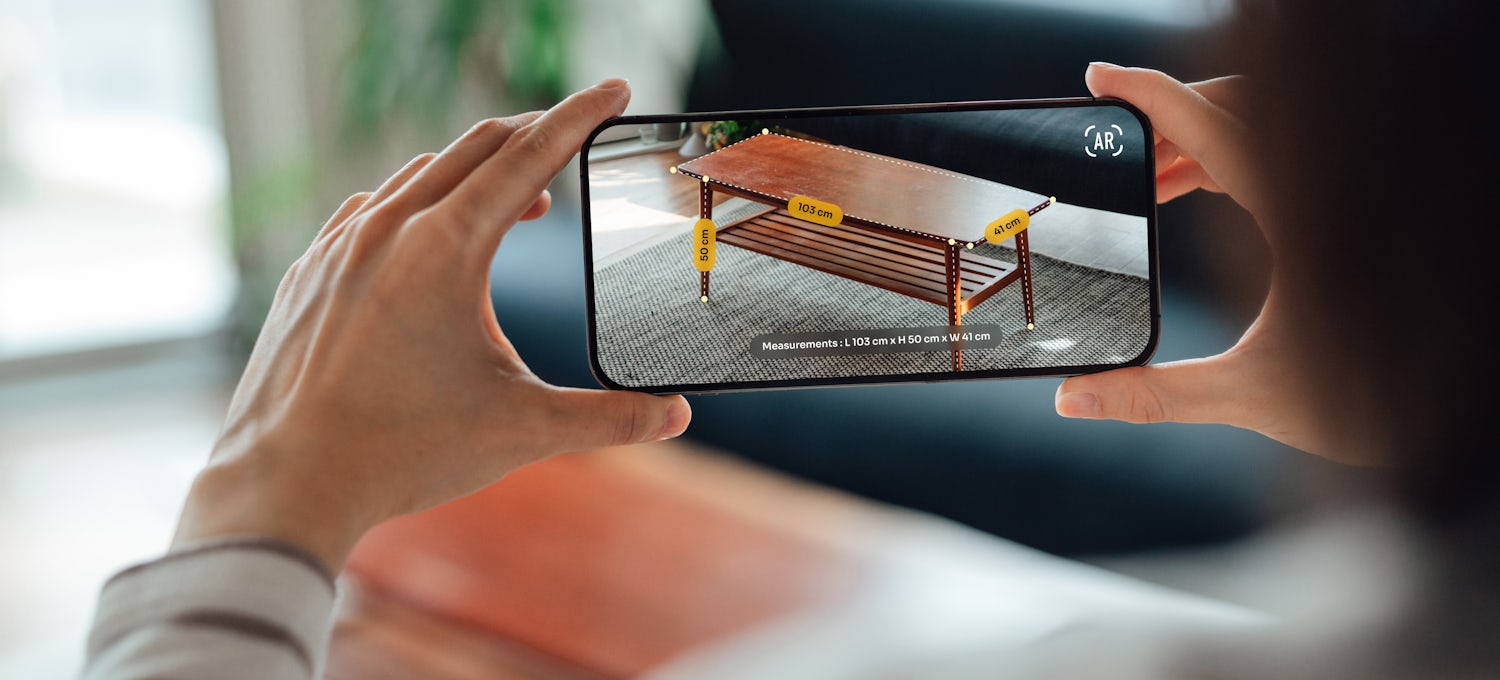News Blast: Your Daily Dose of Insight
Stay updated with the latest news and insightful articles.
Augmented Reality: Beyond the Screens
Discover how augmented reality is reshaping our world beyond screens! Unveil innovative applications, insights, and future trends that inspire.
Understanding Augmented Reality: How It Works and Its Applications
Understanding Augmented Reality involves grasping the technology that overlays digital information onto the real world. At its core, augmented reality (AR) combines computer-generated imagery with the user's environment, often through devices like smartphones, tablets, or AR glasses. It works by using sensors and cameras to identify surfaces and objects in the real world, allowing software to enhance the user’s experience by adding interactive elements. For example, when a user points their device at a QR code, the application reads the code and displays additional content, providing a seamless blend of the physical and digital realms.
The applications of augmented reality are vast and varied, impacting multiple industries. In education, AR enhances learning by allowing students to engage with 3D models, making complex concepts more tangible. In retail, consumers can virtually 'try on' clothes or see how furniture fits in their homes before making a purchase. Furthermore, in healthcare, AR assists surgeons by overlaying critical information onto the surgical field, improving precision during operations. As technology advances, the potential for AR continues to grow, providing innovative solutions that transform the way we interact with the world around us.

Exploring the Future of AR: Innovations on the Horizon
As technology continues to evolve, Augmented Reality (AR) is poised to revolutionize various industries in unprecedented ways. From healthcare to education, AR innovations are enhancing user experiences by overlaying digital information on the physical world. For instance, developments in AR apps are making it easier for medical professionals to visualize complex anatomical structures, enabling precise surgeries and improved patient outcomes. Moreover, in the realm of education, interactive AR content is transforming traditional learning methods, allowing students to engage with subjects like never before.
Looking ahead, several promising innovations in AR technology are on the horizon. Key advancements include wearable devices that can seamlessly integrate AR displays into everyday life, offering real-time information without obstructing the user’s vision. Additionally, enhancements in AI capabilities are set to improve the interactivity of AR experiences, allowing for more personalized and adaptive content. As these technologies mature, we can expect a wave of applications that will further blur the lines between the digital and physical worlds, redefining how we perceive reality.
How Augmented Reality is Transforming Everyday Experiences
Augmented Reality (AR) is increasingly becoming a part of our daily lives, fundamentally altering how we interact with the world around us. By blending digital content with the real environment, AR enhances our perception, making everyday experiences more immersive and interactive. For instance, AR applications in shopping allow consumers to visualize how products will look in their homes before making a purchase, thereby fostering confidence in buying decisions. This technology also plays a significant role in education, where students can engage with 3D models directly in their learning environments, resulting in a more enriching experience.
Moreover, Augmented Reality is revolutionizing entertainment and social interactions. Popular games like Pokémon GO have shown how AR can encourage people to explore their surroundings while engaging in fun activities. Additionally, social media platforms are leveraging AR filters to allow users to customize their photos and videos, creating a more engaging way to connect with friends. As AR technology continues to evolve, its potential to transform everyday experiences seems limitless, promising to blur the lines between physical and digital realms.